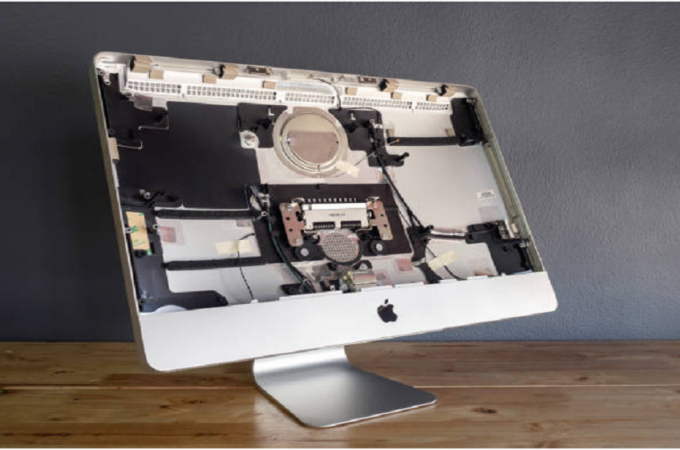
Mind map: 10 cases where it is essential models
Drawn by hand or using mind map software, the mind map is a visually striking and easy to understand graphical representation. It brings together keywords, illustrations, drawings, colors or links around the same subject. It can be designed from a blank mind map or an online mind map.
What is a mind map and what is it used for? Are you wondering if you would use such a diagram? Confused about how to start your first mind map? We tell you more about mind mapping, this tool to master and use on good occasions!
The principle of the mind map is simple: it is a visual representation designed to follow and reflect the path and development of thought on a given idea or concept. The goal is to move away from taking notes that are too linear to access a process of association of concepts and software tools ASC 842.
It is advisable to associate ideas and keywords, to use colors, images, etc. In order to allow a better memorization and a better perception of the data of the subject.
The mind map, to be applied in the professional, educational or personal fields – Source: Canva image libraries
Understand the mind map as a diagram or tree representation of data highlighting the organization of semantic or hierarchical links between different ideas, information, concepts.
Mind mapping is even one of the tools used by Sebastien Martinez , the French memory champion! Doesn’t it take your mind off a corner?
Of course, any mental map reflects the personality of the individual who conceives it, but also his understanding and the direction of his questioning.
Mind map, mind map or mind mapping?
There are several ways to name the mind map. Mind map, cognitive map, mind map, idea map, mind mapping, mind map, mind map, concept map: all of these words define the same pattern based on how thought works.
Where does the mind map come from?
The mind map is a concept formalized and used by Tony Buzan , an English psychologist. Mind mapping is a creativity technique that he developed during the 1970s, alongside many innovative concepts designed around memorizing, organizing ideas, taking a step back or learning.
“Mind Mapping can be applied to all aspects of life where more effective learning and clearer thinking can improve human performance. “(Buzan, 1995)
The idea is to use the right hemisphere of the brain rather intuitive by associating images, colors and dimensions instead of focusing on the left hemisphere, rather rational and logical, processing language and words.
Who can use the mind map?
The mind map is clearly suitable for all uses and all areas! Its objective being to improve the construction of knowledge, to help memorization, to promote reflection or even to stimulate creativity, it can be used by children as well as by adults, whatever the field of application!
Students, professors, secretaries, trainers, marketers, project managers, project managers, sector or company managers, IT developers, etc.: creating a heuristic diagram is beneficial to as many people as possible!
Note that it is quite possible to create personal mind mapping by turning away from linear thinking. It can be to achieve goals, to take stock of your life, why not to solve a problem of too busy schedule, or to establish your priorities on a personal level.
As explained previously, the mind map is a tool that promotes understanding, reflection, memorization, association of links and creativity. Its application is therefore very wide and can be applied to many areas, both educational and professional or personal. Here are some examples where the mind map can be beneficial:
Branch out the main ideas, in all directions. Write the keywords, add a color for each branch, as well as drawings, symbols. We use here the radiant thought, that is to say that one idea generates another, and so on.
Add sub-branches for secondary ideas. You can divide the branches into sub-branches, to detail and refine each idea.
Complete with tertiary ideas related to the sub-branches. Continue to divide the sub-branches, within the limit of 3 to 4 sub-branches, to keep the mind map readable.
Create associations, connections. You can draw arrows to symbolize the association of ideas, or you can use colors or symbols. Draw or write anything that can help you understand.





